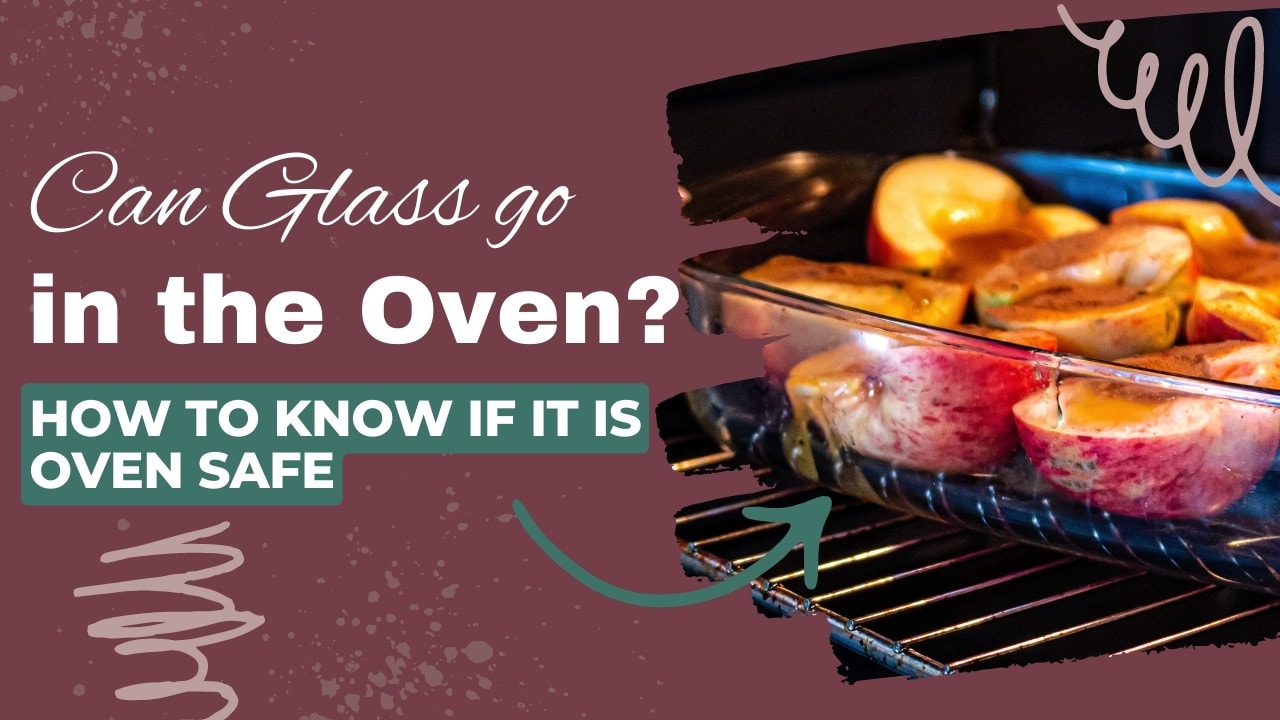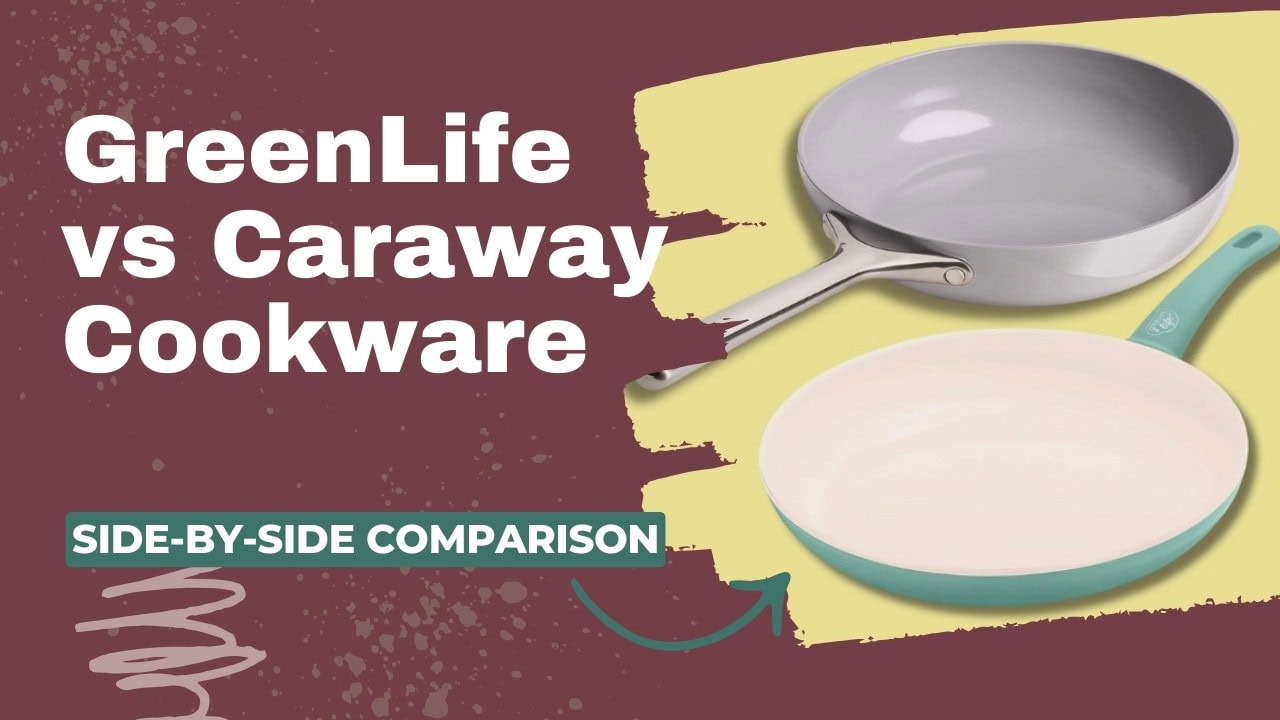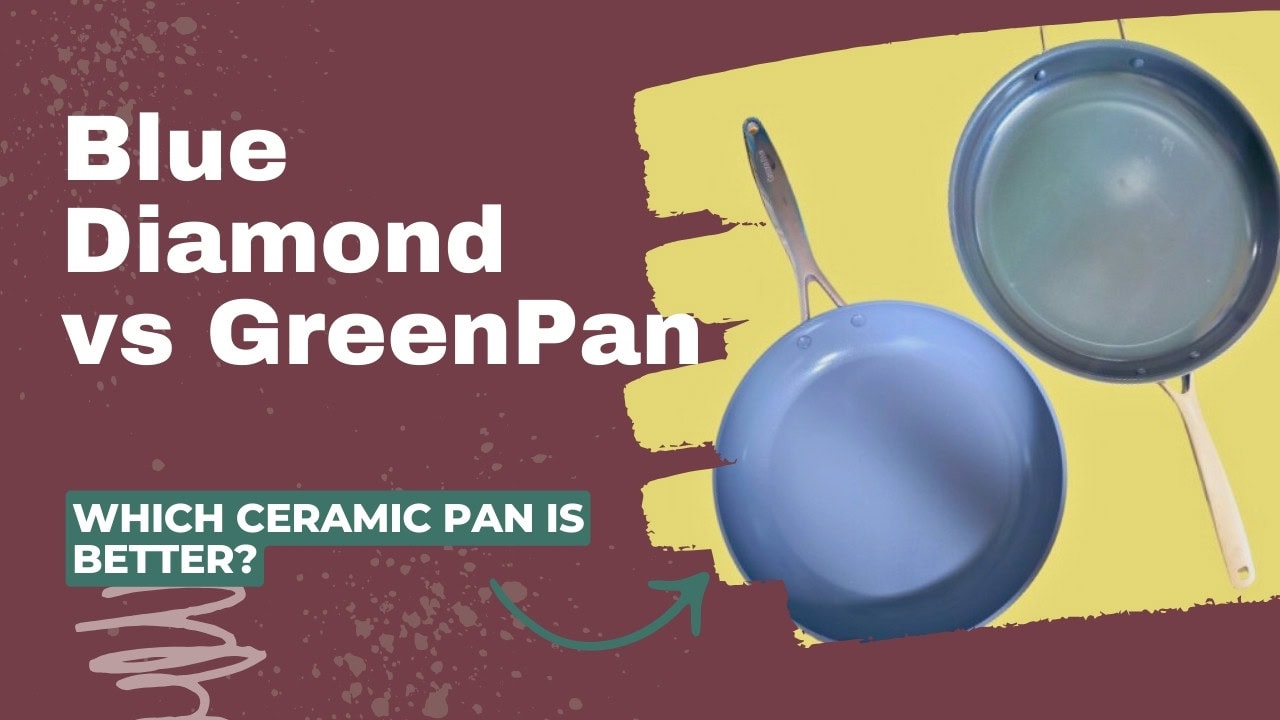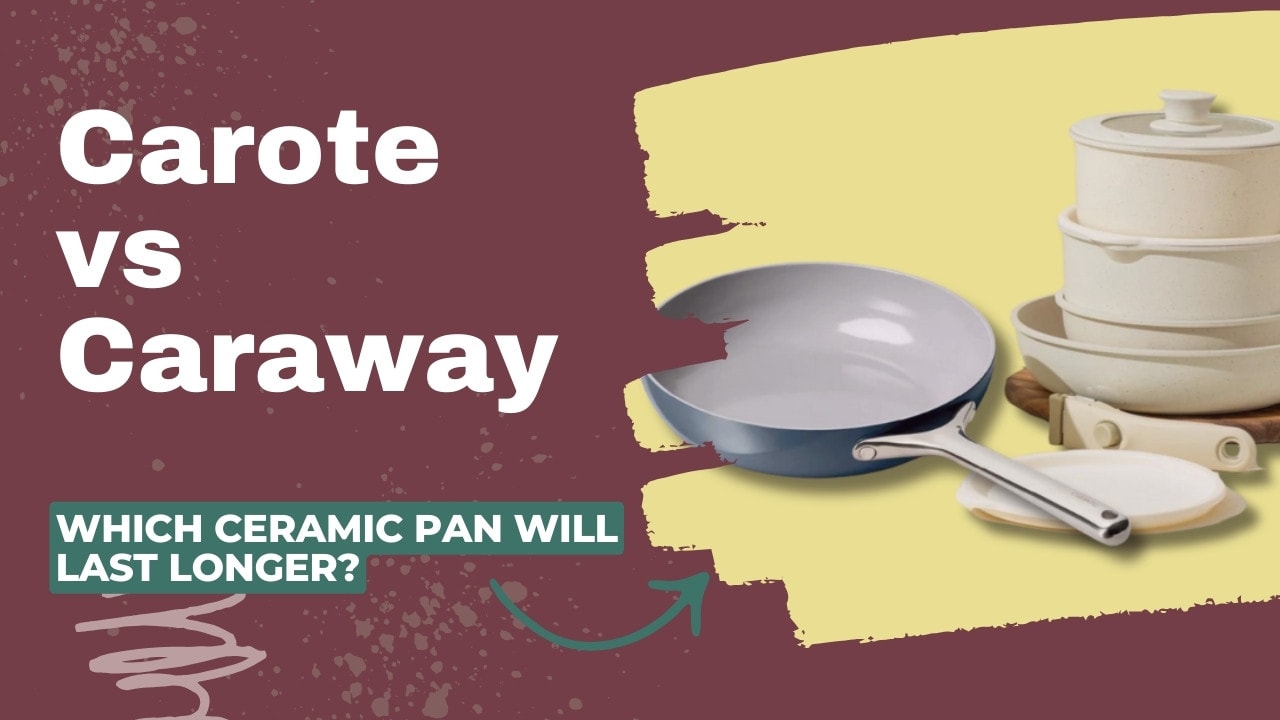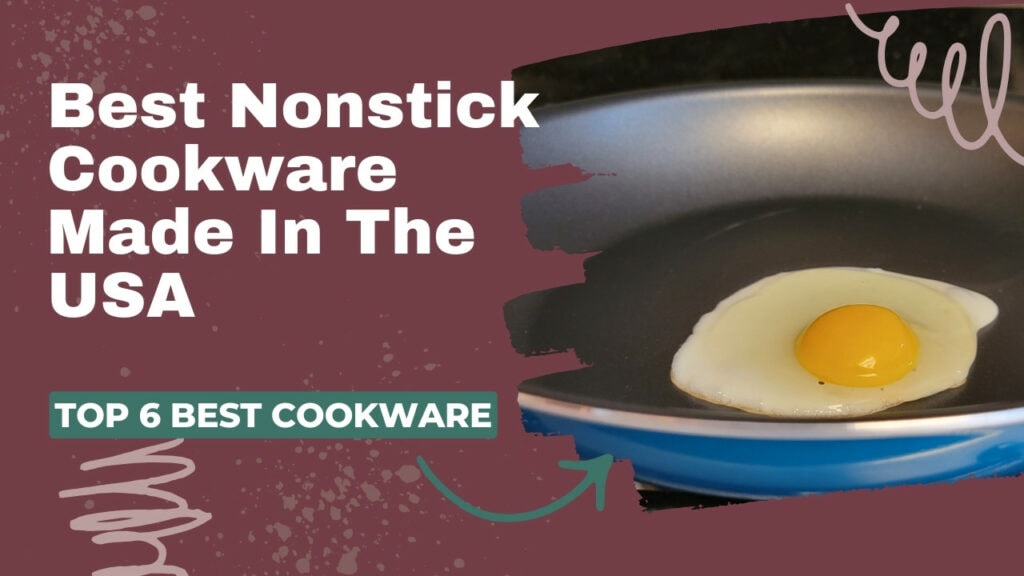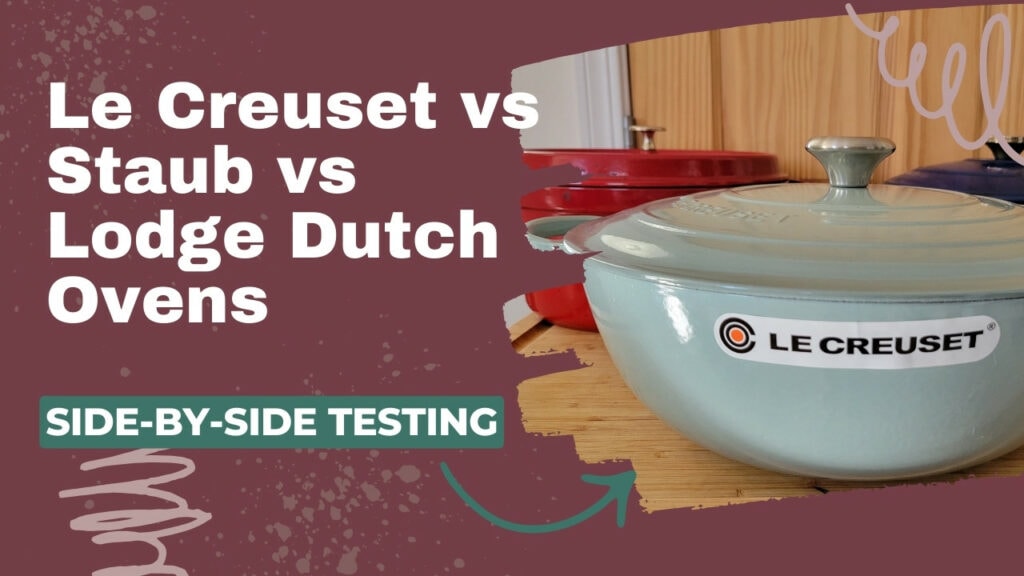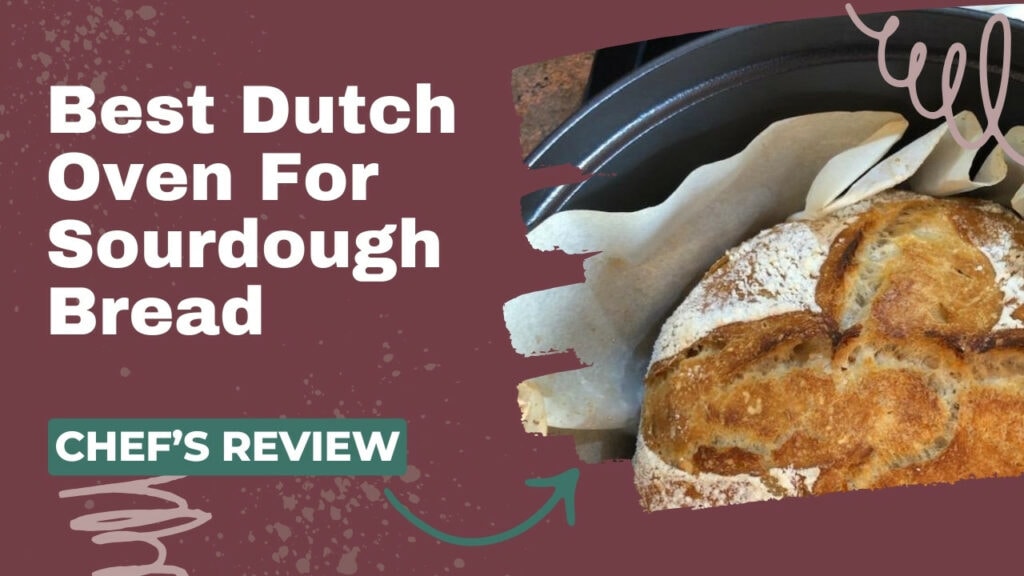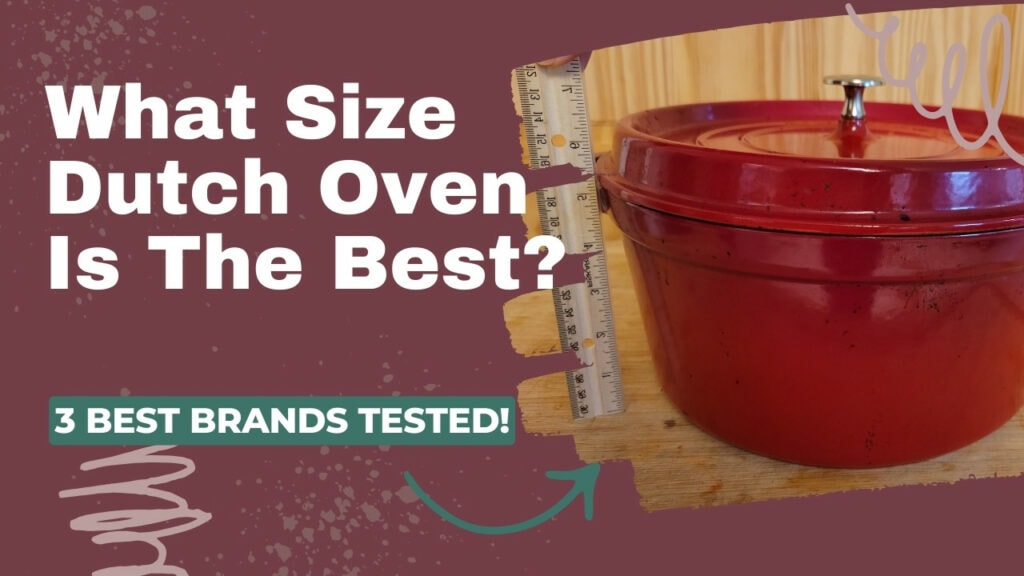Glass is one of the most standard cookware materials. It’s used for storage containers, casserole dishes, cake pans, and a variety of other dishes designed for oven use. But can all glass go in the oven? What about a glass plate or jar? How do you know if your glass dish is oven safe?
Early in my cooking career, I had a terrible but memorable experience where a glass pan exploded in the oven, taking my Yorkshire puddings with it! So, to spare you the same mistake, in this article, I’ll explain:
- Why glass shatters in the oven
- What glass dishes can go in the oven
- How to check if the glass is oven safe
Can Glass Go in the Oven?
Tempered glass can go in the oven since it is designed to withstand intense temperature fluctuations and is suitable for oven baking. Items made of tempered glass will be marked as oven-safe. Regular glass, however, is sensitive to temperature changes and can easily shatter when heating up in the oven or cooling down afterward.
Always check your bakeware for an oven-safe marking before placing it in the oven.
Brands like Pyrex, Oxo, and Anchor Hocking have an extensive range of glassware that is perfect for baking. As long as you choose bakeware made from tempered glass, your food will be safe and sound.
Remember, though, even tempered glass is NOT safe for stovetop use!
Which Glass Can Go In the Oven?
As explained above, bakeware made of tempered glass is safe for oven use. Glass or ceramic items that are not marked as oven-safe can crack or shatter if you use them in the oven.
Let’s take a look at why we cook in glass and how you can do it safely.
Cooking in Glass
Why is glass such a good cooking material? The reason you may want to choose glass as your cooking receptacle is that heats evenly. It takes longer to warm up than aluminum or steel, but it retains heat very well, and transfers that heat to the food. This will get dinner on the table more quickly and may even safe you money on energy in the long run.
Another benefit is that there are rarely hot spots, which means cooking with glass provides you with a good even heat for consistent cooking. I find this really useful for baking cakes and casseroles where you need the temperature to be even throughout the dish.
Glass will not affect the flavor of the food or leach chemicals or metals into the food while cooking, unlike nonstick, aluminum, or cast iron bakeware. I also love that if you have glass bakeware with plastic lids, you can bake and store your food in the same dish, which saves on dishes.
Speaking of dishes, most glass bakeware is dishwasher safe and easy to hand wash without picking up stains. Unlike metal bakeware, the glass will not rust and discolor over time if it is well-cleaned between each use. And if a particular type of bakeware makes my clean-up process more manageable, then I am all for it!
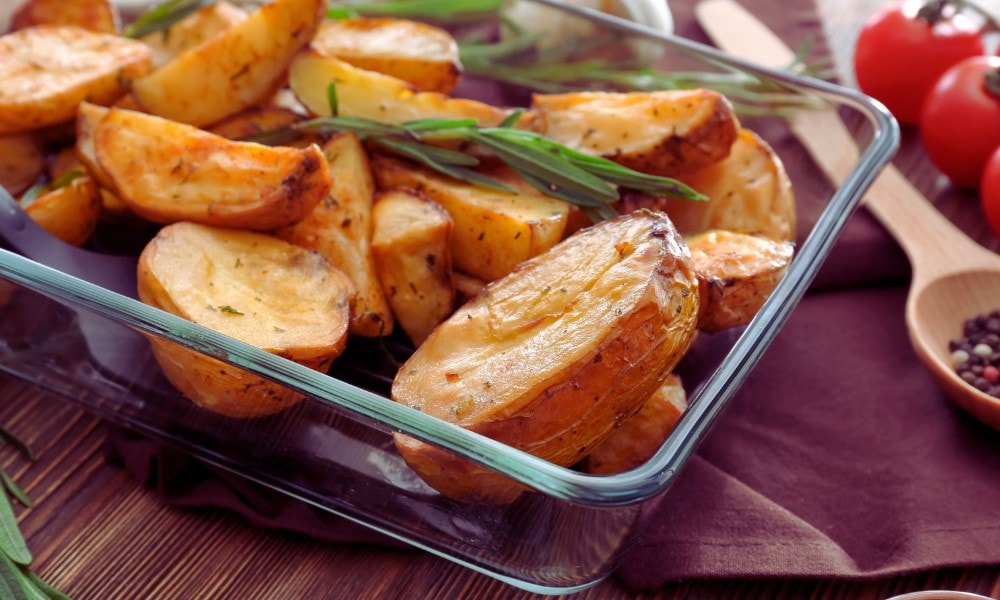
Glass bakeware can be used for baking, casseroles, roasting, and grilling meat and vegetables and many other dishes. It’s so versatile and safe that it has become a go-to material for me when I’m cooking.
Why Does Regular Glass Break in the Oven?
As I mentioned above, you should only bake with tempered glass. Tempered glass is designed to withstand high temperatures. But why does regular glass break in the oven?
Well, regular glass doesn’t just break in the oven; it can crack and shatter whenever a dramatic temperature change occurs.
I learned this the hard way when trying to make myself some fancy iced coffee at home. I had prepped my glass with ice and happily poured the hot, freshly brewed espresso over the top. I thought all was well until I realized the coffee was running all over my counter! The glass, since it wasn’t made of tempered glass, broke because of the rapid change in temperature.
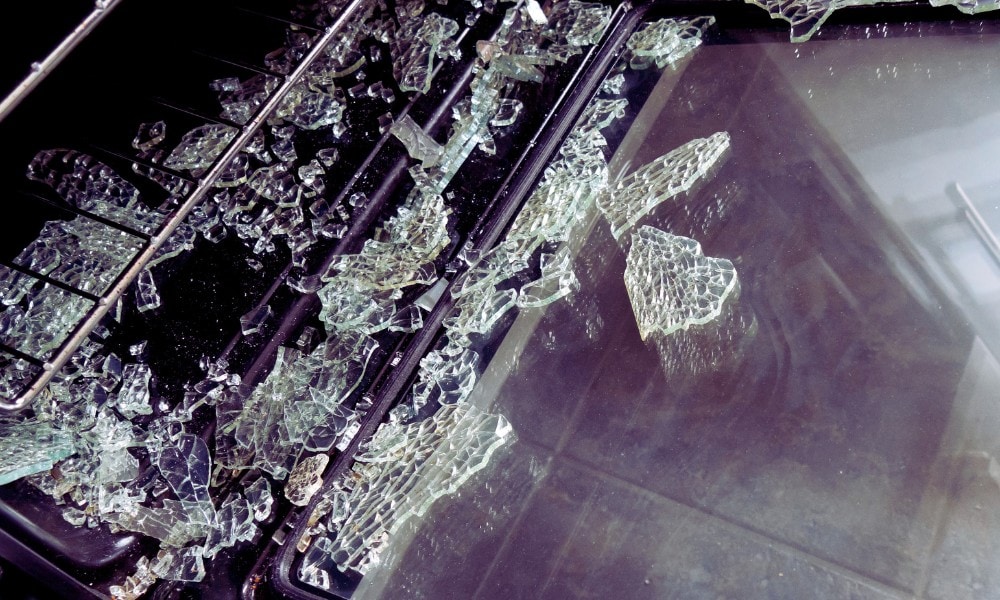
Regular glass is not a great thermal conductor, so it’s susceptible to something called thermal shock. Heat causes the particles in the glass to expand. In the case of my espresso glass, they expanded too quickly and cracked. Prolonged exposure, such as when you put glass in the oven, will cause the particles to expand too far and cause cracks to form.
If you used untempered glass in the oven, and your dish did crack, you should – unfortunately – throw away the food inside. Even if only a small crack has appeared, I urge you not to eat the dish as small glass splitters may have made their way into the food, which is very dangerous.
What is Tempered Glass?
Tempered glass is, essentially, glass that has been strengthened to 4x the strength of regular glass through heating, cooling, and pressure treatment.
The first step of the tempering process is to heat the glass to over 600 C. Once it has reached the desired temperature, the glass will go through a high-pressure cooling process called ‘quenching.’ Quenching cools the outside layer of glass very quickly, while the center takes longer to cool. This creates tension between the layers that give tempered glass its strength.
After this process, the glass will be able to withstand high heat and compressive forces and resist surface cracking at a higher rate than regular glass.
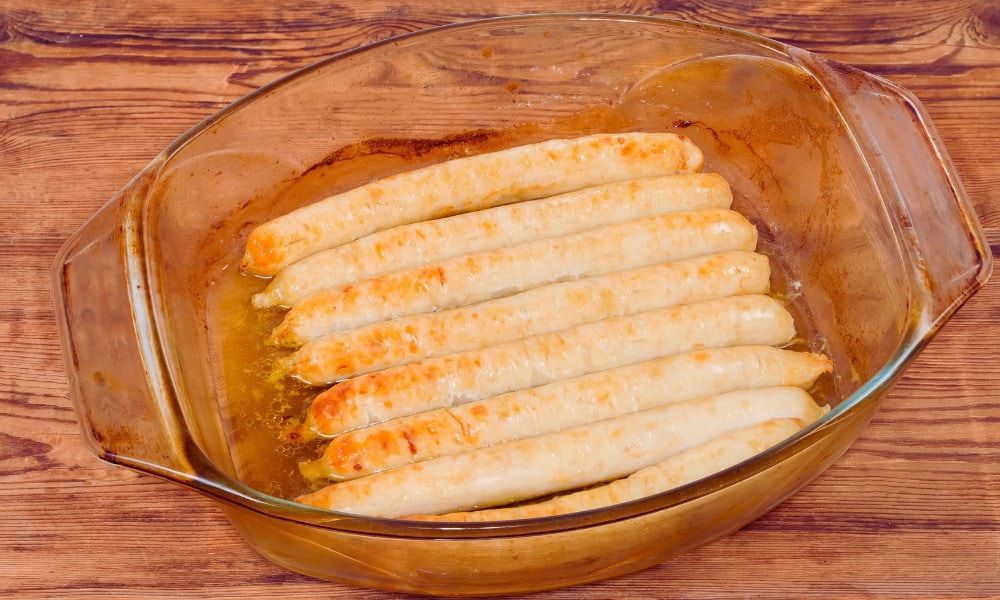
Tempered glass is impressively strong. But, of course, it’s not indestructible. It will break if dropped or handled roughly. If it is dropped, tempered glass tends to shatter into tiny shards rather than break into large, jagged pieces.
How to Know If Glass Is Oven Safe
To determine whether the glass dish you want to buy is oven-safe, first look for the oven-safe mark on the packaging or the literature online. Any glassware that is meant for baking should have this indicated on the packaging – because it will be a huge selling point.
However, if you already have glassware in your cupboards or you have inherited some, and you have no idea whether it’s oven-safe or not, simply turn your glass dish over and look at the bottom. There should be a marker on the base that indicates whether the piece is oven-safe and, sometimes, dishwasher-safe.
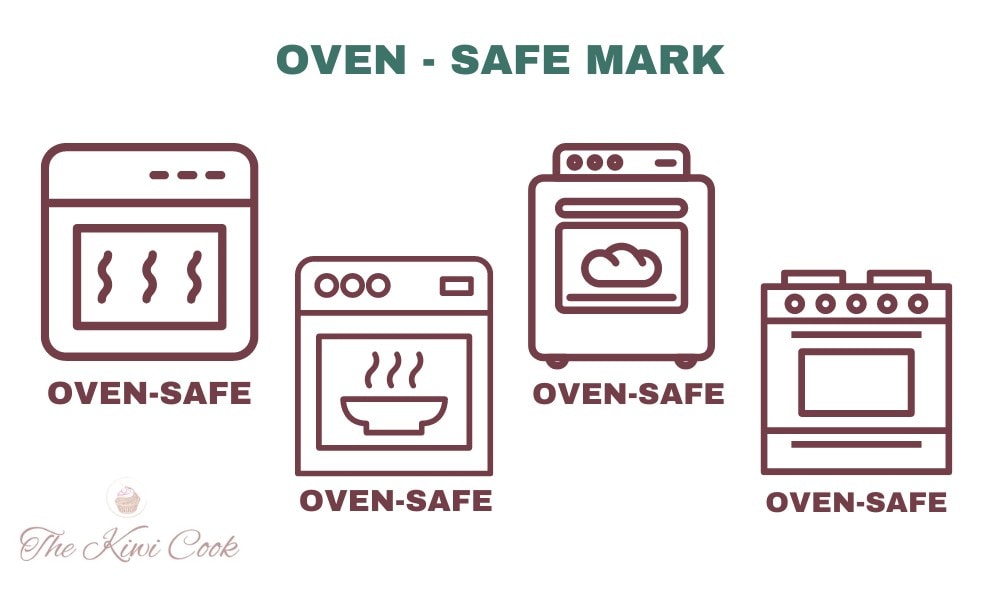
It is worth mentioning that the lids that come with some glass bakeware may or may not be oven-safe. If it comes with a glass lid, then you should be able to use this in the oven for baking. But if it comes with a plastic or silicone lid, then this should not go in the oven. A plastic or silicone lid should only be applied when the glass has completely cooled for storage purposes.
Here are a few examples of some oven-safe bakeware:



Play it Safe with Any Glass Bakeware
As a precaution, even when using tempered glass, I suggest placing your glassware on a silicone pot holder or dishtowel rather than directly onto a cold countertop when it comes out of the oven. A cold stone countertop can make the glass go from hot to cold really quickly, which can occasionally cause thermal shock and crack even oven-safe bakeware.
Of course, when you are removing the glassware from the oven, it’s crucial to use oven gloves as the glass will get very hot and burn your skin very quickly on contact.
Conclusion
Glass can go in the oven if it is tempered glass that’s marked as oven-safe. Glass pie plates, baking pans, casserole dishes, and cake pans are almost always made of tempered glass. Smaller glass storage containers are usually oven safe – but you should check the bottom of the container or the product labeling to make sure.

